Table of Contents
Introduction
The rapid advancement of technology continues to expand the possibilities of various innovative applications. One such example is AI fusion technology which is revolutionizing the video production industry and assisting creators with their creative endeavours. AI fusion is a combination of several advanced technologies which enables the conversion of static text, images and drawings into video content. This latest development has further enhanced the potential of video creators and content producers. In this article, we will unravel the possibilities and applications of AI fusion technology, specifically, its text-to-video and image-to-video innovations.
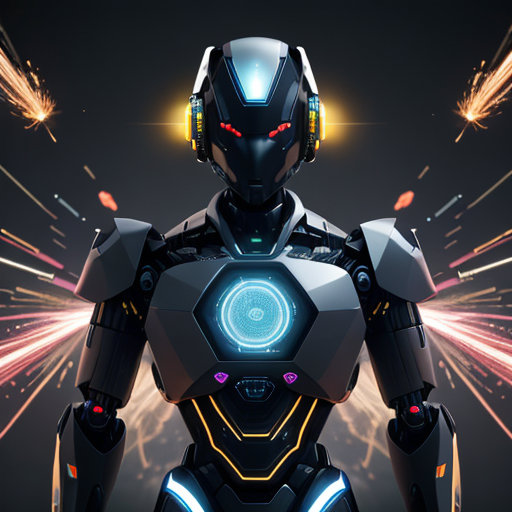
What is AI Fusion?
AI fusion refers to the utilization of different Artificial Intelligence (AI) technologies for the conversion of static text, images, and drawings into videos. It is increasingly being implemented in various aspects of video production and video content creation that range from animated movies and advertisements to cartoons and clips. AI fusion can be divided into four distinct components; captions-to-videos, images-to-videos, text-to-videos, and drawings-to-videos. While these components are distinct from one another, they can be combined to create a seamless fusion of AI and multimedia technology.
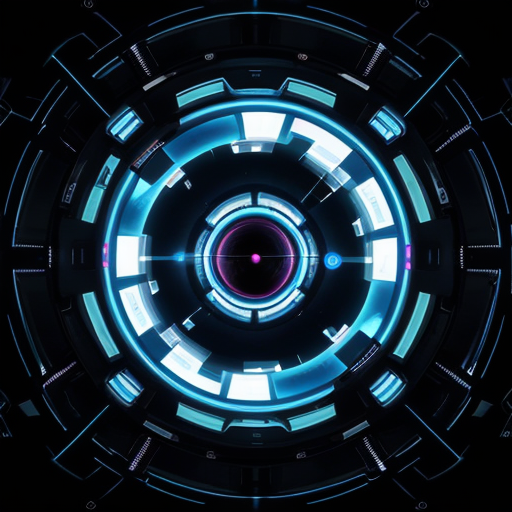
Text-to-Video: Unraveling the Possibilities
Text-to-video technology involves the process of converting static text into video content. This AI technology has brought a revolutionary change in the way content producers generate video content from static text. This technology utilizes natural language processing (NLP) which enables the AI-based platform to interpret text and generate video content. By utilizing NLP, text-to-video technology can generate video content that conveys more nuanced expressions and emotions.
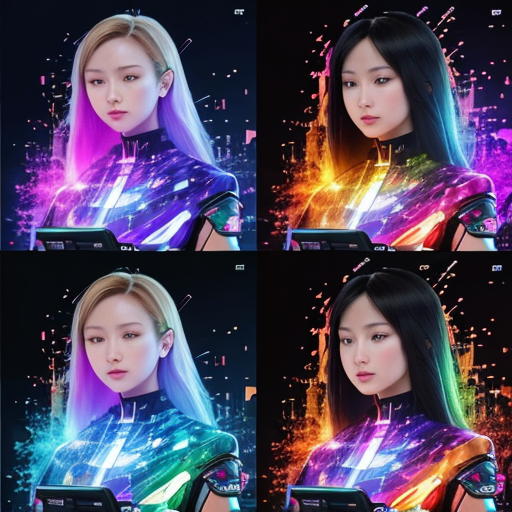
For example, if a content producer is writing a script for a television advertisement, they can use text-to-video technology to automatically generate the video content from their written script. This technology can produce a video that is not only entertaining but also emotionally engaging. This feature of text-to-video technology has enabled content producers to quickly and easily create videos without investing much time and effort in the production process.
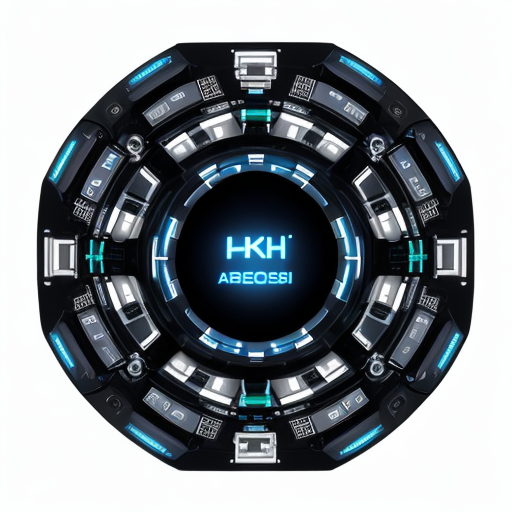
Image-to-Video: Exploring the Innovation
Image-to-video technology is the process of converting static images into video content. This technology relies heavily on computer vision, which refers to AI-based systems that are able to analyze the content of an image and perform various operations such as object recognition and object tracking.

This technology has enabled content producers to quickly generate compelling video content from static images. For instance, a content producer can take a static image of a beach and quickly generate a video featuring the beach scene. This lightens the burden of creating an entire scene from scratch. Additionally, advanced features of this technology enable content producers to adjust the speed, duration, and other parameters of the video according to their preference.
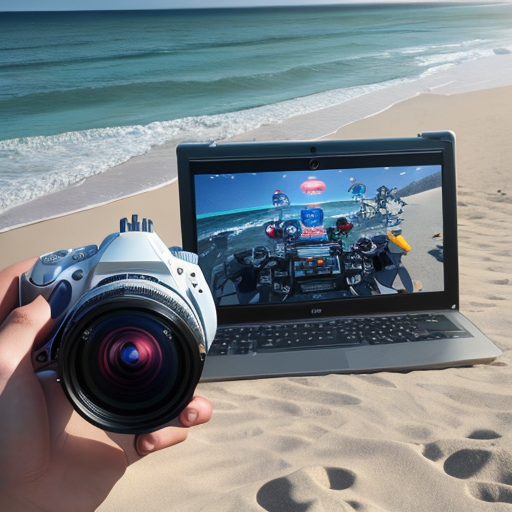
Conclusion
The introduction of AI fusion technology has unlocked a new level of possibilities for content producers and video creators. This technology enables content producers to quickly and easily create compelling video content from static text, images, and drawings. The text-to-video and image-to-video innovations of AI fusion technology provide content producers with immense creative flexibility and enable them to quickly generate persuasive videos that capture the attention of viewers.
Further Reading: CRAFTING MOVIE MAGIC WITH AI: A FRIENDLY GUIDE TO VIDEO CREATION
